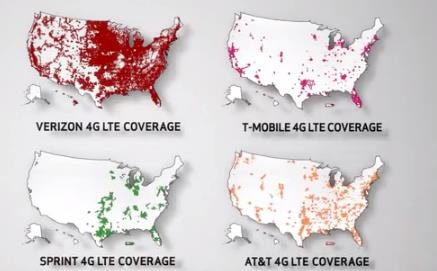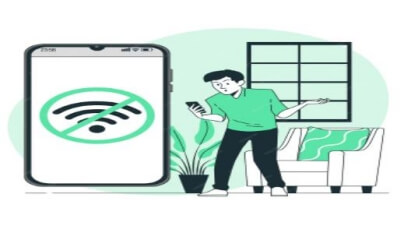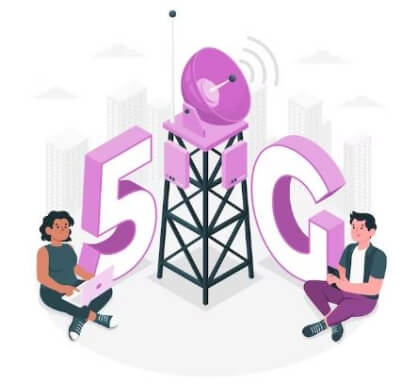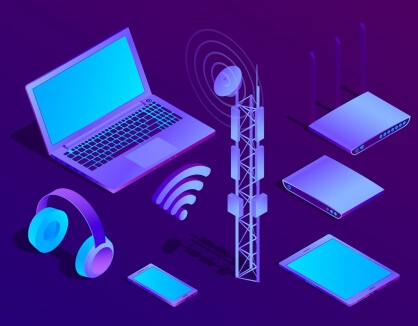Unfortunately, the lack of quality, stable cellular communication, and Internet in a metal house is a severe and relatively common problem affecting business process efficiency. GSM signal amplifiers work in duplex mode, so the number of simultaneous conversations is not limited. The use of this device does not require special coordination with cellular operators. Now, there are many solutions for improving the signal in a metal house.

Why You Have Poor Cell Phone Signal Inside Metal Buildings
First of all, a bad signal in your metal house may be due to the materials used to build it. After all, different materials have quite different abilities to pass the signal. For example, a house made of wood jams the signal by only 10%, and a building covered with metal by 95-10%.
The second reason for a wrong signal can be your geographical location. This is especially true when your house is in a low-lying area, and the cell tower is much higher than you. In such cases, the signal from the base station passes over you, and only a fraction of the reflected signal can reach your home.
The third very common reason is the high load on base stations. However, there are some cases in regional areas where the density of towers could be better.
Because of this, one tower has to serve several settlements at once. Because of this, the station load increases, leading to overloads and temporary loss of signal. As the overload drops, which usually happens at night, the signal reappears.
The fourth reason is a natural factor. It can be immediately attributed to two options: weather and vegetation. A dense forest plantation near your house also hurts the cellular operator’s signal. This effect peaks in the summer when there is a lot of foliage. In bad weather, when it rains, the fading becomes even worse.
Identifying the causes of poor signal in buildings
It is commonly believed that the number of bands on a mobile device clearly shows the quality of connectivity in a metal building. This approach needs to be corrected; it does not show the full picture and, accordingly, will not help solve the problem of a bad network.
When looking for an accurate metering method, it is essential to understand what the signal is measured in initially. Its strength is expressed in decibels (dB), and basic power figures range from -50 dB to -110 dB. A reasonable question arises: why is good reception with a minus sign? This is because the reference value is considered to be 0, and the further it is from the reference, the worse the connection. This situation is comparable to lowering the temperature on the thermometer: the lower it is below zero, the colder it is outside.
To accurately measure data on devices supporting the operating systems (OS) IOS or Android, it is necessary to use the engineering menu of the device or download a special program to determine the level of radio wave power. This method will also help you determine which network is more stable in a given location—2, 3, or 4G.
If, after measuring the strength of the cellular network signal in a metal building, there are still doubts about whether an amplifier is needed, you can compare the values obtained with the data:
• The indicator is excellent from -50 to -60 dB; additional amplification is not required.
• From -60 to -70 dB—good parameters—a simple set of amplification is installed only for the sake of “flying” the Internet.
• From -70 to -80 dB – the average indicator, it is amplified to be a priority among subscribers if the load on the base station increases Internet speed.
• If the signal is -80 to -90 dB poor, you will need a good repeater and antenna to smoothly receive and transmit information.
• From -90 to -100 dB – virtually no connection. If you do not want to climb trees in search of a network and need to be online all the time, you will need an antenna and a repeater with a good radio signal gain.

How to Boost Cell Phone Signals in a Building
Using a cellular amplifier will ensure a stable signal level in a metal building and guarantee the availability of high-speed data transmission of 3G or 4G mobile Internet, depending on the model of the device. The cellular amplification system works as follows: the signal from the operator’s tower comes to the directional antenna, then through cables is transmitted to the amplifier, where this signal is amplified and transmitted to the internal antenna or power dividers (in case of a large number of antennas). After installation of the amplifier, the level of signal indication on the cell phone does not fall below four or five divisions.
The equipment is installed, as a rule, indoors and includes an external antenna, internal antennas, connected if necessary with splitters, and the amplifier itself. The external antenna is directed to the nearest busy cell phone tower, able to significantly strengthen even the weakest gsm signal.
Features of the Signal Amplifier:
• A signal booster amplifies the cell phone signal and transmits it without modification or repetition.
• It usually consists of an external amplifier and an internal antenna.
• It allows for better signal quality and increased coverage but does not change the direction or distribution of the signal.
Thus, the main difference between a signal booster and a repeater is that a repeater amplifies the signal and repeats it indoors, while a signal booster amplifies the signal without repeating it.
How Do Cell Phone Boosters Improve Cell Signals in Metal Buildings?
The device receives signals from the base station and transports them to the server installation. Then, the signal goes to the subscriber’s telephone or modem. The service station receives the return response, amplifies the signal, and transports it back to the base station.
The amplification system includes:
• An external antenna is mounted on the roof of a building or an exterior wall to receive the weak GSM signal from nearby cell towers.
• Amplifier. The signal received by the external antenna is fed to the amplifier, which amplifies it for subsequent transmission.
• Internal antenna. Installed inside a building or room, the indoor antenna transmits the amplified signal indoors.
• Cable. They connect the external antenna to the amplifier and the amplifier to the internal antenna.
Cellular amplifiers can be installed almost anywhere there are problems with cell phone reception, especially in metal buildings. When selecting, it is essential to emphasize the signal reception limiters provided. Prescribed limits are in the range of 35-40 km from the telecom operator’s base station.

Do Signal Boosters Really Work in Metal Buildings?
Communication indicators are the very divisions we see on the screen. Fewivisions – the signal is terrible, many – excellent connection. But the problem is that it only sometimes corresponds to reality. Even seeing on the screen the acceptable use of “H+” and all four divisions, we can notice how nothing loads, and we can’t access the Internet.
The main thing in improving the wi-fi signal is determining the coverage area. If it is:
• Rooms placed in one plane are enough to set the router correctly.
• Rooms are located on several floors. You can work with antennas by trying to change their inclination. However, you will most likely have to buy at least one repeater per floor.
• Complex layout – requires the installation of a repeater.
This depends mainly on our provider because, in many countries, the divisions are just the manufacturer’s indicators. There can be even four divisions, but the connection will be as weak as possible or not at all. After all, if there is no connection or it is practically absent, we will see it on the indicator.
Further actions depend on the capabilities of the network equipment. Owners of dual-band routers and devices with the same adapters can change from 2.4 GHz to 5 gigahertz. If the router supports only one band or the user has many devices that do not work on five gigahertz, you can find a freer channel and reconnect the router to it.
If the methods listed in the article, including power adjustment and antenna replacement, do not work, you can rearrange the router and furniture. The most convenient option in this case is to buy a repeater or use a second router. The effectiveness of a signal booster in a metal building can depend on its size, construction, and wall thickness. More significant and denser buildings may require more powerful and advanced equipment.
The best cell signal boosters to boost cell phone signal in a building
Looking for the best ways to boost cell phone signal in a metal building? We offer a list of the best options, among which HiBoost takes an important place. These devices provide a stable and reliable signal indoors, solving problems with poor cellular reception.
• SureCall Fusion4Home.
• weBoost Home MultiRoom.
• Cel-Fi GO X.
When purchasing, base your purchase on your needs and the types of instruments you use. Each of the amplifier components should be designed to meet the same standard. The speed of the LAN ports is also critical. The greater it is, the higher the Internet speed, only if the provider provides it. This point is clarified before buying equipment. It is essential to consider the gain from 60 to 90 dB. It depends on how significant the increase in communication will be.
The most powerful devices are more expensive, but if the connection could be better, it would not be possible with the minimum indicators. The frequency range is chosen based on the indicator provided in a particular area. You can find the information from the mobile services provider.

Top Recommendation: Hiboost 10K Smart Link Cell Phone Booster
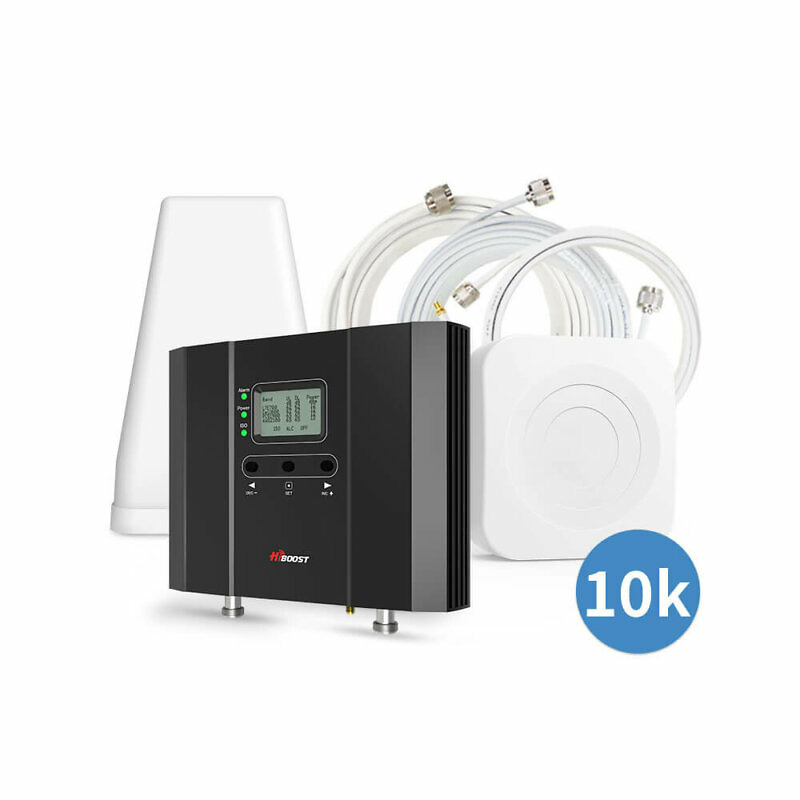
For several reasons, the HiBoost 10K Smart Link Cell Phone Booster is the top recommended device for cell phone signal boosting in buildings. Firstly, its unique Smart Link technology allows you to automatically adjust the signal boost level, ensuring optimal performance in all conditions. This ensures stable and reliable connectivity without manually changing the device.
What tasks the Hiboost 10K Smart Link accomplishes:
• Provides reliable connectivity for voice calls.
• Provides stable internet and data connectivity.
• Improves the quality of cellular communication within the building.
• Avoids low signal problems in multi-room environments.
In addition, the HiBoost 10K significantly increases coverage up to 10,000 square feet, making it ideal for medium to large spaces. Whether in a home, office, or other commercial building, this device ensures that you always have reliable, interruption-free connectivity.
HiBoost Cell Phone Booster for Multiroom: 15K Smart Link Deluxe
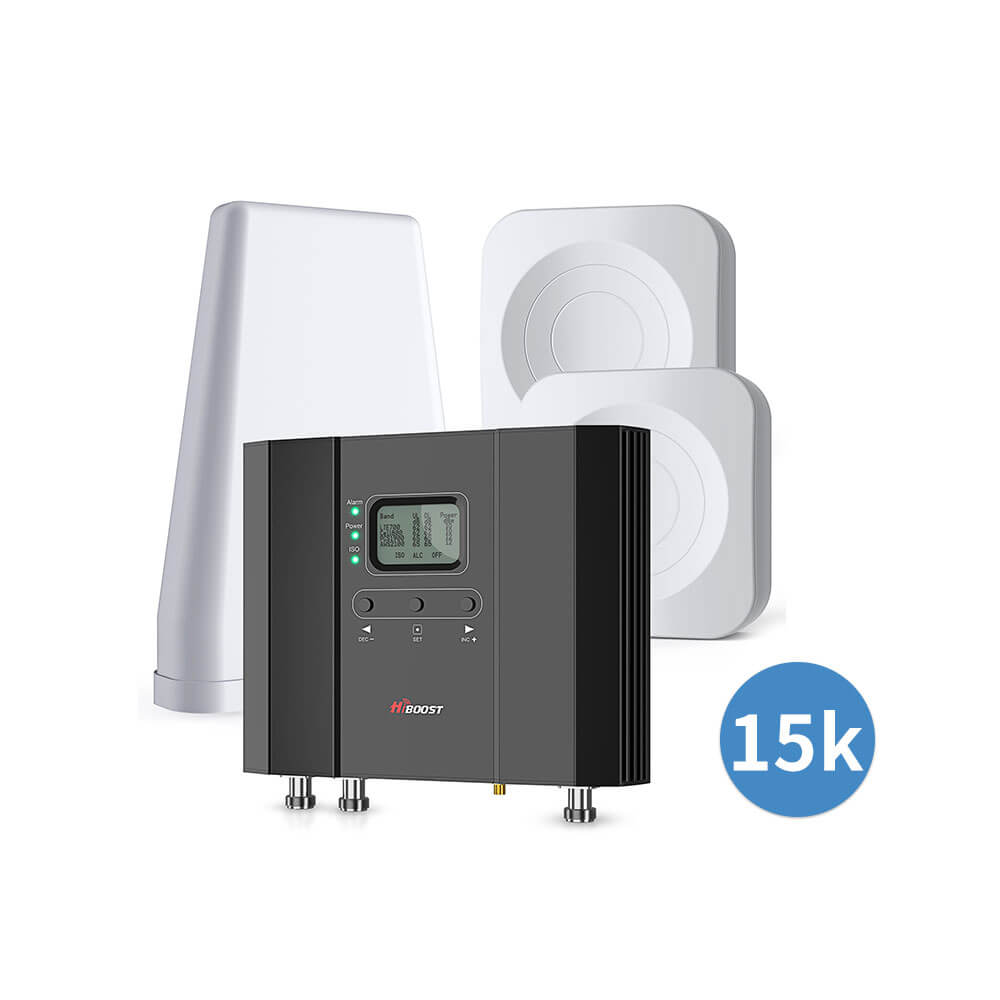
HiBoost Cell Phone Booster for Multiroom: 15K Smart Link Deluxe is an advanced device that solves the problem of low cell phone signal in multi-room environments. With high technical performance and innovative features, this signal booster can effectively amplify cellular signals to ensure reliable communication anywhere in your home or office.
Specifications:
• Coverage up to 15,000 square feet.
• Works with cellular networks from all major carriers.
• Designed for multi-room environments and metal buildings.
• Smart Link Deluxe feature provides automatic signal management and optimization.
• Easy installation and setup.
The most significant advantage of the HiBoost Cell Phone Booster for Multiroom: 15K Smart Link Deluxe is its ability to provide reliable signals in metal buildings. With advanced technology and high performance, this signal booster can overcome obstacles that usually cause low signals in metal structures.
Other benefits:
• Signal amplification to maximum signal strength.
• Compatible with all major cell phone carriers.
• Easy installation and setup without the need for specialized knowledge.
• Automatic signal control with the Smart Link Deluxe feature.
Keep your cell phone signal in your home or small business
Many people want a quality signal while spending minimal effort and money. To achieve a visible improvement in mobile network connectivity, you need to identify weak and robust cellular access points, determine where the antenna should be pointed, consult with a specialist, and choose the correct device. Unfortunately, for many, such procedures can be quite costly in time and money, but it is worth all the effort. You should only take on the problem once and no longer worry about the inaccessibility of cellular signals.
There are different methods of increasing the coverage and quality of the telephone signal in a metal building, from rearrangement in the house to renovation to the purchase of a repeater. All methods boil down to eliminating dead zones and providing quality feedback to network clients with minimal loss of speed. By combining options to increase coverage, you can achieve signal propagation to the maximum possible area without loss in speed.




